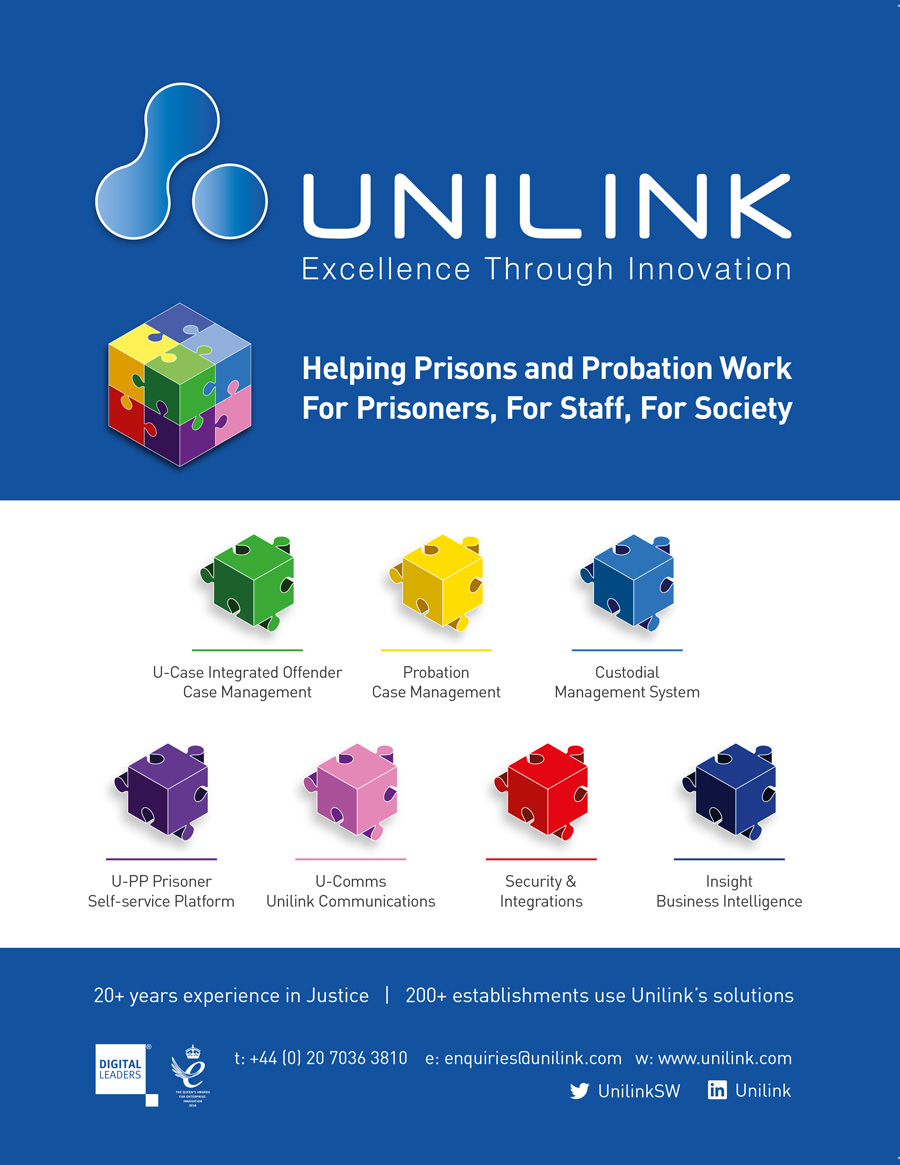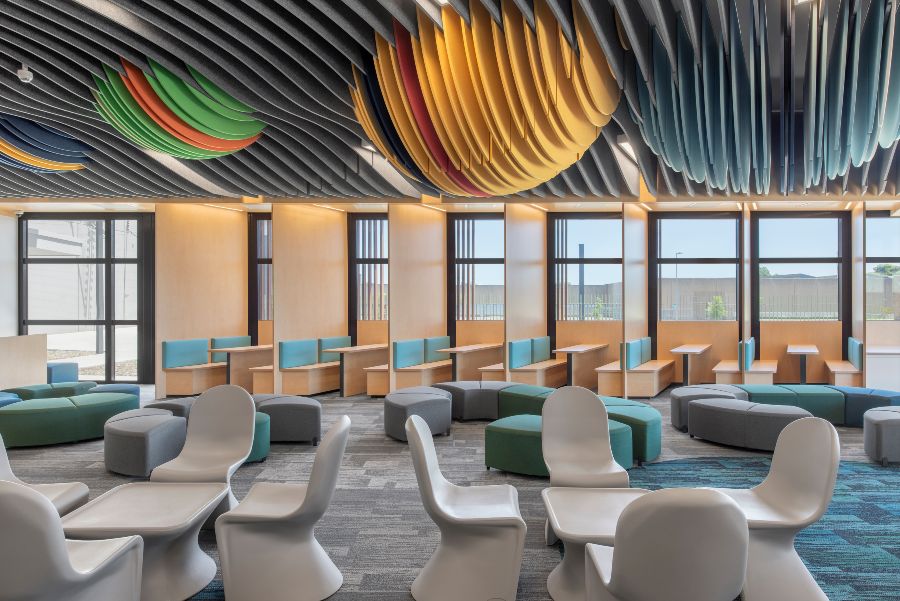Article
Francis Toye
Imagine for a moment that you are responsible for the operation of information technology in prisons and probation for perhaps 10,000 inmates and a similar number of staff. What are your priorities for investment in technology? How do you make the choices? What degree of risk can you take? What about the security of the software? Should you develop it in-house or find a third-party supplier.
As the CIO of a Justice Department, you face a bewildering array of choices. But it’s a chimera. There is risk of failure makes the possibility of procrastination real and which is why perhaps today many DoCs have major system software that was developed twenty or more years ago. Be assured, if system runs on MS-DOS (1985) today you are not alone; at least you don’t have about remote hacking.
Prison IT is really challenging to deliver; on the one hand, rapid IT developments outside the custodial setting put massive pressure on Prison IT to deliver, and, on the other, budgets, politicians, the public and the risks of compromising security combine to create an environment where change is difficult to achieve if not completely unwelcome. Outside of prison, commercial companies develop products for audiences running into billions, but these are designed to be used easily by a general population.
They are not designed for the custodial environment. So, for example, Zoom or Skype are great products for work in business or for chatting with your grandchildren, but they are not suitable for the restricted prison environment. For example, can calls be monitored? Can the system be set to only allow approved visitors? Can children be prevented in some instances and allowed in others?
It is the reason why specialist products are needed and is just another example of the challenges facing the Justice CIO. So, it is always helpful to read articles from prisoners about their experience of prison technology. Here is a short article from a prisoner in HMP Northumberland, written a couple of years ago, before COVID (BC).
“ When I moved to HMP Northumberland, I was so happy to see a Unilink kiosk. In my previous prisons, friends spoke of how the kiosks made everything so much easier and reduced frustration and anger. And they weren’t wrong; I could see people taking charge of their lives, of having real-time information in front of them, showing them their money, their work allocations, their visits and so forth.
It was like going from the information blackout that is every other prison where things happen randomly, and you never know from one minute to the next what is going on, to a place where you felt like you mattered. Your whole week was laid out in the kiosk diary; you could confirm your wages had been properly paid, you could see the names of the three people booked in for a visit next Thursday.
The contrast between a prison with and without kiosks is like night and day. Much is made of how prison makes a man better, but really prison will do its best to institutionalise a man; make the man dependent of the prison for everything, food, work, money, fresh air, library books etc. And, more importantly, information.
It’s hard to have a sense of self-worth when you have no idea of what’s happening when, have no ability to try and manage anything, and there are bits of paper continuously lost and stuck in the system. After a while, it can be dehumanising fighting such a huge uncaring paper swallowing machine that rarely if randomly spits out a result that is probably different from that requested.
So, imagine a kiosk, where right there all the vital information is laid out in front of you; right there, and then you can push buttons to organize visits, family visits, job applications and so forth, and get confirmation there and then that the work has been actioned.
It is like jumping from the 1860’s Pony Express to the 2020’s smartphone, all in one giant leap. It is the sense of liberation and empowerment that restores a man’s pride and gives him hope he can get through his sentence and come out a better person, that there is hope. ”
Aside from reducing prisoner’s frustration and therefore self-harm and violence, the kiosks also benefit the prison in that there is mundane admin work to be performed behind the scenes by OSG, so front-line prison officers spend less time listening to prisoners asking for help then ringing admin offices to try and resolve prisoner’s issues. So, deploying a kiosk system saves a prison governor’s money and allows prison staff to concentrate their valuable time on rehabilitation and not administration.
Another benefit for governors is that they themselves often operate in an information vacuum, not knowing what is happening at the coalface of the prison. Yet, it is this coalface that makes the difference between success and failure. At HMP Northumberland, Sodexo made great use of the survey function – this allows the prison to build a short or long survey asking all 1100 prisoners their opinion on how the prison is doing and where problems lie.
“ During my time, we were asked about gym provision, education, food quality, how safe we felt and other such consultation exercises. Just being asked these questions, being able to respond, and feeling our voices were listened to, increased our sense of self-worth. ”
Surveys are a massive way of minimising the insidious effects of institutionalisation. Prisoners are expected to emerge from prisons rehabilitated and ready to be productive members of society in terms of work, housing, family, finance and personal skills.
In a time of austerity and record prison population, electronic self-services, delivered via kiosks or in-cell terminal, can be a massive force-multiplier in the prison governor’s armoury.

Francis Toye
Helping Prisons and Probation Work: For Offenders, for Staff, for Society. Unilink specialises in innovative solutions for criminal justice sectors around the world. Unilink’s reputation has been built on over twenty years’ experience in case management systems for probation, custodial management systems, biometric applications, offender self-service and communications. All Unilink’s solutions are created with the direct input of industry professionals and learnings from the 200+ establishments that use a Unilink product. Independent research from the University of York shows that Unilink’s self-service software contributes significantly towards rehabilitation and running prisons efficiently. The system is well proved and tested; offenders have carried out over two billion transactions. Unilink’s rich portfolio of proven solutions underpins digital transformation in prison and probation services across the UK, Norway, Austria, the Netherlands, Australia and New Zealand.



